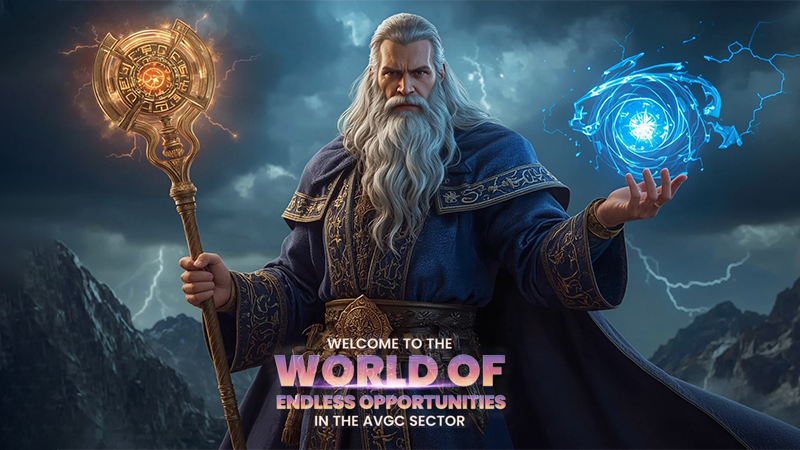
Motion capture—better known as mocap—has completely changed how digital characters are created. If you've ever watched a movie where a monster felt a little too real or played a game where the character’s expressions actually matched their emotions, that's motion capture doing its job.
In simple terms, motion capture is a process of recording how a person or object moves and using that data to animate a digital model. It's the secret behind realistic movement in gaming, movies, advertising, and even virtual reality.
Let’s walk through the key aspects of motion capture animation, where it’s being used, and why it’s such a game-changer.
How Does Motion Capture Work?
Motion capture starts with an actor wearing a special suit with sensors or reflective markers placed on joints and key points of the body. Cameras track these markers in 3D space. Every step, hand gesture, or facial twitch is recorded.
That data is then mapped onto a digital character in real-time using specialized software. So, when the actor jumps, the animated figure jumps too—just on screen. This process saves animators from manually drawing or rigging every frame.
Real-World Applications of Motion Capture
1. Movies and VFX Programs
The film industry was one of the first to embrace motion capture. Characters like Gollum (The Lord of the Rings) or Caesar (Planet of the Apes) came to life through mocap. These performances were so detailed because the technology recorded everything down to facial expressions.
A vfx program today almost always includes motion capture data, especially for scenes that combine CGI characters with live-action. The realism is what makes those scenes believable.
2. Mobile Games
You might think mocap is reserved for console or PC games, but that’s not the case anymore. Many mobile games are now using simplified motion capture techniques to animate characters more naturally. Whether it's a fantasy RPG or a casual sports title, mocap helps create a smoother player experience—even on your phone.
3. Game Development with Unreal Engine
The Unreal game engine has built-in support for motion capture. Developers love it because it allows them to see animations in real time. This means fewer errors and faster iterations.
Imagine creating a game character who needs to move, emote, and react realistically. Using Unreal, mocap data can be dropped directly into a scene, making production faster and far more efficient.
4. Motion Graphic Design
Motion capture also plays a small but clever role in motion graphic work. If a project includes a human figure walking, talking, or dancing—like in an explainer video or advertisement—mocap helps make those movements look smooth and polished.
Rather than animating from scratch, motion designers can use captured data to make characters behave like real people, without burning hours on manual rigging.
5. Video Editing and Post-Production
During video-editing, especially for mixed media projects, motion capture data can be layered on top of live-action scenes. This is super helpful when animators want digital characters to move in sync with real environments or actors.
By importing mocap data into editing software, creators can fine-tune how animated models interact with live footage. It’s a bridge between animation and reality.
Why Use Motion Capture?
So why is everyone—from indie creators to AAA studios—using mocap?
- Realism: Human movement has tiny details that are hard to fake. Mocap captures them all.
- Speed: Instead of animating frame-by-frame, mocap does it live.
- Consistency: Repeated actions (like running, jumping) look identical and smooth.
- Emotion: With facial mocap, digital characters can laugh, cry, or look confused—just like humans.
Industries Benefiting from Mocap
Besides entertainment, mocap is used in:
- VR training for medical, military, and aviation simulations
- Sports science to analyze athlete performance
- Healthcare for rehab and physical therapy tracking
- Marketing with interactive characters in ads and social media
It’s not just a tool for artists. It’s now part of tech, education, and healthcare too.
The Bottom Line
Motion capture animation isn’t some futuristic sci-fi thing anymore—it’s a part of how content is made right now. Whether you're building characters for mobile games, animating a short film with a motion graphic designer, or using a vfx program to bring aliens to life, mocap makes your project more real, more emotional, and a whole lot faster to build.
And if you’re using tools like Unreal game engine or planning to blend digital characters in video-editing, motion capture is the shortcut to professional, life like animation.

